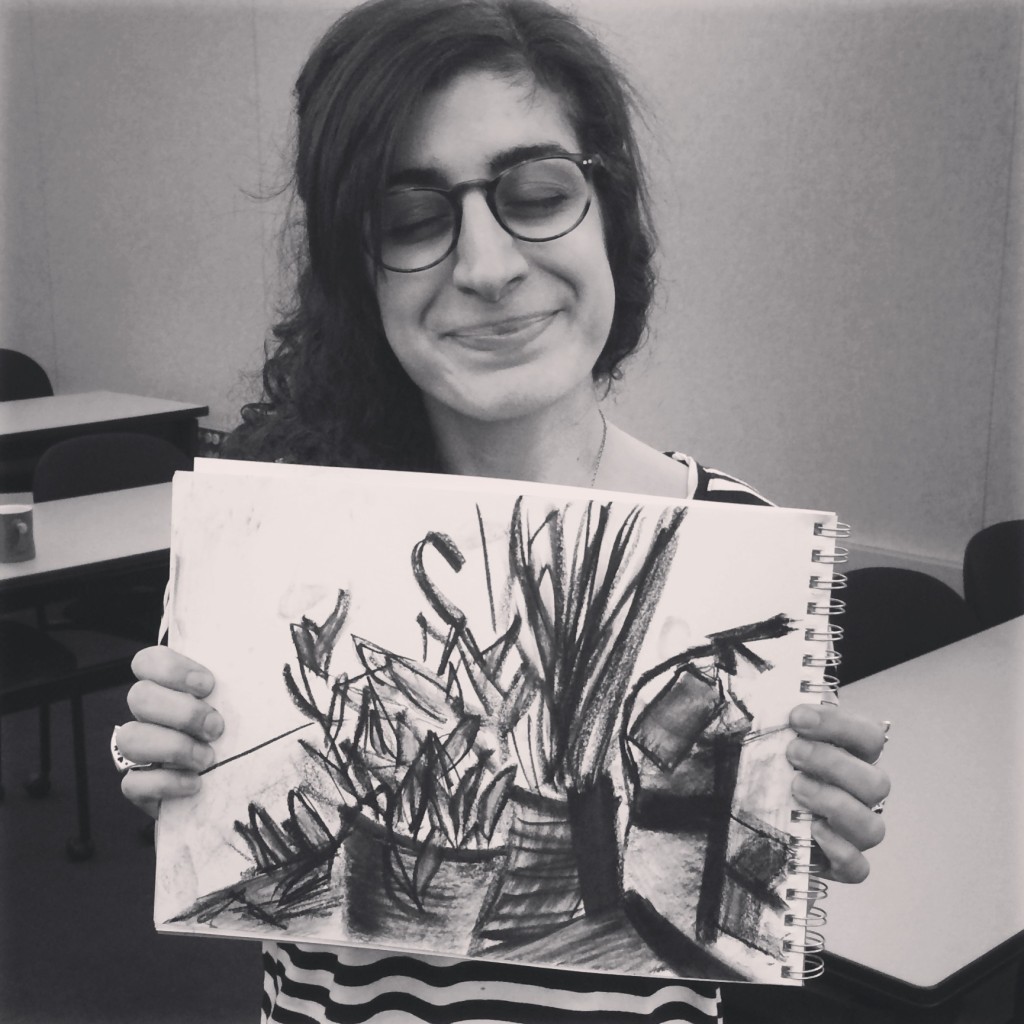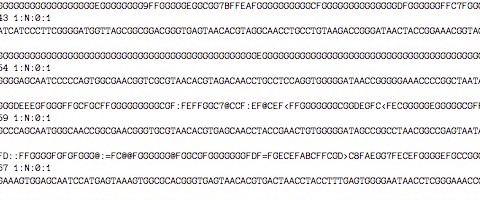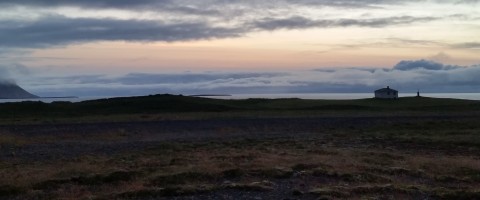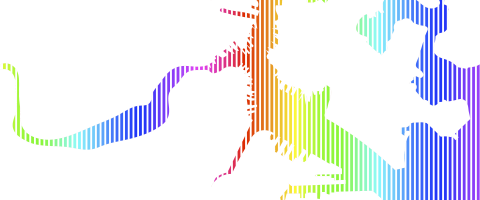I was 11 when I realized I was not destined to become a great artist. Frustrated with my inability to capture the bump in my nose or the precise shading on a vase, I resigned myself to the fact that I had no particular gifts with a pen or paintbrush. This epiphany was no great blow since so many of my peers were realizing the very same thing. There was some self-conscious solidarity in our artistic inadequacies.
But not a single one of our young minds questioned the logic, that to begin on a path towards making great and ground-breaking art you must first be a master mimic — a natural plagiarist. Because we couldn’t copy, we learned to devalue the playfulness and abstraction that is vital to making art, but also, crucially, the crux of creative vision in other domains.

With the benefit of hindsight, I see the tragedy of this moment, and I recognize similar tragedies in the way we teach science — moments when the spirit of scientific inquiry is similarly suctioned from the classroom. This moment is often on the first day of school, when a cumbersome stack of textbooks is circulated around a room full of young natural explorers and tinkerers. Instead of the open-ended excitement of uncovering the way things work, we begin to see science as a set of facts to be read, memorized, and repeated.
As with art, few question the logic that becoming a scientist means first becoming an excellent fact-repeater. But while no one would deny that art is a fundamentally creative endeavor — one that necessitates pushing boundaries and questioning the status quo — we retain our closed-off perception of science. Call science creative and you are bound to incite a few skeptical chuckles.
The scientist-as-creative clashes with the archetypal asocial nerd with his books and beakers, beholden to dry dogma. This cliched view becomes ingrained in us precisely when science becomes synonymous with some fact-ridden book — an archive of past advancements in understanding. The burgeoning scientist is identified primarily by her ability to commit that past to memory, yet all children are innately inclined towards the questioning and experimentation that lie at the core of scientific progress.
Our initial experiences with the world are the bare bones stuff of fieldwork. We form hypotheses about our surroundings, and test those hypotheses by engaging with the world around us. Granted, we are not all destined to become scientific thinkers, just as we are not all destined to become great artists. But once science is condemned to the realm of textbooks and rote memorization, we are educated away from science as a hands-on, curiosity-driven endeavor — one that hinges on creative, out-of-the-box thinking and play to push it forward. Here, a distinction is made between those who are “good” at science and those who are not. That distinction lies not in the possession of passionate curiosity or the ability to think critically, but rather in an aptitude for regurgitating facts and figures. Ultimately, that distinction is a misleading one — one that misled me.
An expert in the art of memorization, my predilection for science was regularly affirmed in the classroom. That I could precisely draw out the key players in the Krebs cycle and derive Newton’s Laws of Motion implied that I had a natural knack for the sciences. As a result, I was encouraged through my high school science classes and on to an undergraduate degree along with a cohort of similarly inclined students. Of course, at some point we had to understand how those readily retrievable facts and figures could be applied towards some hypothetical end. Application was what differentiated high school from college-level courses. But that application was purely theoretical.
At some point, however, the emerging scientist must exchange the classroom for the laboratory — must graduate from theory to practice. My first forays into the lab as an undergraduate quickly taught me that theoretical underpinnings, like the exact mechanics behind DNA amplification through a polymerase chain reaction, hardly matter; at the end of the day, all you care about is that you have amplified enough DNA so that you can manipulate it so that you can, eventually, answer your own personal favorite big question. The question — not the theory behind all the procedures that lead to its answer — is what drives you.
Science derives its momentum from inquiry — which is not to say that foundations are not important, but rather that committing facts to memory does not a scientist make. I entered graduate school understanding that my textbook know-how alone could never carry me through my degree. Still, the question remained: how would I formulate my very own personal favorite big question? One that would power me through a graduate degree? One that would generate new questions that would eventually find their way into a new generation of textbooks?
At the outset of graduate school, I had a clear sense of which lab I most wanted to join, entering a field whose findings I had most committed to memory — to my comfort zone. I had reasoned that my knowledge base would lend some hand in crafting my question. From there, I did exactly what I had been trained to do: I did my homework. I studied stacks of papers detailing the lab’s past accomplishments and their proposals of problems to tackle in the future. Though I understood the rationale of my peers and the steps they took to answer their questions, I couldn’t imagine myself taking that leap, reaching into the unknown to ask new questions and uncover new facts for the books I had so diligently studied. More than a decade after closing the book my artistic career, I discovered that to be a scientist, I had to set aside my beloved books — trade dogma for the unknown — in order to add to them.
I knew the call to innovate was coming; I was pursuing “original research” after all. So I expected there would be another textbook or class to prepare for this pivotal moment in my career — a course to train me to ask my own critical questions, to place me on that path towards innovation. This expectation was absurd in its irony. Ultimately, what I wanted was to be instructed in the innate — that natural tendency towards questioning, abstraction, and creative play that was devalued and cast aside early on in my training.
Students in any discipline are warned of impostor syndrome — of feeling that they do not deserve their accomplishments, that they have tricked everyone into believing them capable. But my quietly growing anxiety was not a simple case of impostor syndrome — nor was I alone in it. How long had I been assured of my academic prowess — which is to say, of my book-reading and test-taking capabilities? My identity as an aspiring scientist was bound up in those skills — skills that had constrained my thinking to established scientific doctrines, restraining my question-crafting capabilities.
Disheartened by my quest for a question, I mentally checked out from science in those early months of graduate school. While I did still show up to my classes and make periodic appearances in the lab, I spent the bulk of my energy immersing myself in managing an arts company my friends were launching out of their Brooklyn apartment. I retreated from my scholarly responsibilities to become a glorified fly on the wall, intently listening to my friends discussing and developing their projects. I relished the way they talked about their work — with a sense of openness, playfulness, mystery.
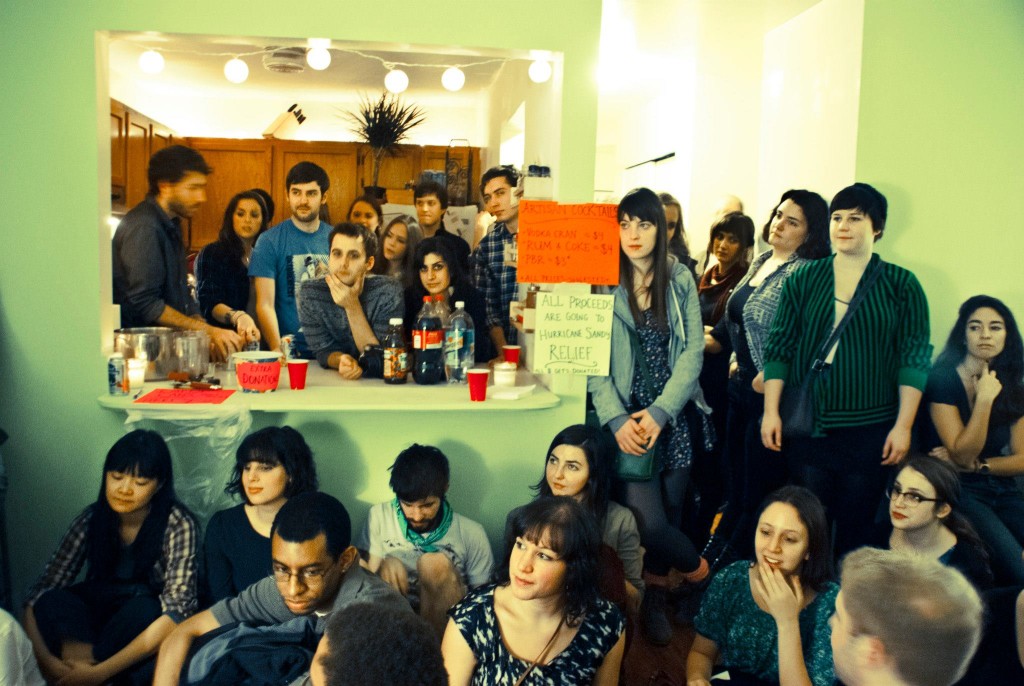
Early into my escape from academia, I was listening as my friend, a writer playing with playwriting, worked through a scene she had just written. At some point, she turned to me and asked, “What do you think this line here means?” Skeptical that this was some sort of scheme to test my artistic smarts, I replied, “What do you mean? You wrote the thing!” We both laughed as I began to realize that she was asking me because she genuinely wanted my opinion. Though the line was her own creation, she did not completely understand where it came from, how it made its way to the page, whether it was even relevant or some flight of fancy. From there, I gradually became more attuned to the way creative people were able to readily embrace what they could not understand and use that as incentive to delve deeper.
In a short time, I became less that fly on the wall and more an integrated member of their conversations, which ranged well beyond the boundaries of their own expertise in art. They engaged me, the token scientist, gently pushing me into creative conversations about my own scientific interests. Encouraged by their indulgent ears, I waxed philosophic about my favorite lessons from class and entertained my own bizarre quasi-scientific tangents. I felt emboldened to depart from the written scientific word — the record laid out in the textbooks and journals I had pored over for over a decade — and play with my own fanciful ideas about how things might work.
Perhaps more importantly, I began to feel comfortable with the fact that these fanciful ideas would not always pan out the way I’d originally imagined. It is brazen to assume that our ideas about how nature works are indeed true. Nevertheless, our textbooks tend to spin the advancement of science as a neat narrative — a smooth linear path from hypothesis to discovery. But if my friend could not fully understand her own work — the words that came directly out of her own head — how could I, or any scientist, completely understand the outcome of my own questions? I found comfort in how deeply she wrestled with her work as I realized that progress of any sort happens not linearly, but in branches, tangents, fits and starts. Knowing that I had the right to be wrong instilled a confidence in me to question boldly and often.
I eventually resumed my life as an active member of the academic community, rotating through labs until I found a mentor who spoke excitedly about the importance of concocting crazy ideas — though grounded enough that they can be tested with a well-crafted experiment — and nurturing our ignorance about the world around us. But to get to this point where I could see the value creativity and open-mindedness required a reeducation, almost a regression, in what it means to practice science.
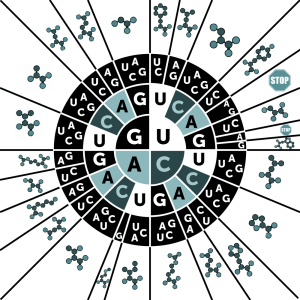
I joined that final lab to study the cell’s messenger molecule (RNA) which shuttles the instructions hard-coded into the blueprint molecule (DNA) to the cell’s protein-building machinery (the ribosomes) to initiate production. My mentor had told me about a recent study that suggested a small change to the RNA alphabet, consisting of the letters A, C, G, and U, had the potential to reprogram protein production. Their evidence challenged the assumption that the genetic code — a dictionary of 64 three-lettered RNA words that dictate protein part assembly — is complete. By modifying a U to a “pseudo”-U — a process called pseudouridylation — they could recode a stop signal in protein production to instruct the cell to continue adding pieces to a growing peptide chain. This discovery hinted that this “pseudo”-U might behave like a fifth letter in the RNA alphabet — one that would require we expand the genetic code beyond its famed 64 combinations discovered nearly 50 years ago.
So with the blessing of my boss, I asked my first original question: Could I alter the fate of a cell by targeting this tiny change to a particular messenger molecule? That I could even presume to build upon dogma established over 50 years ago — a code I had once committed to memory — was so crazily exhilarating to me. For the first time, I actually conceived of myself as someone who could actually contribute facts to those textbooks. In a strange twist of fate, art had made me concretely see myself as a scientist — no longer a mere memorizer of others’ achievements.
For technical reasons, my original project never led anywhere. Despite the promising results of my early experiments, the tools were simply not available to probe my question any further. I never closed that case, but it bothered me not one bit.
